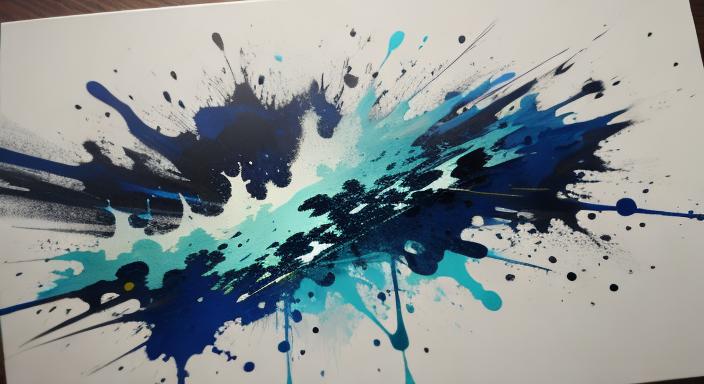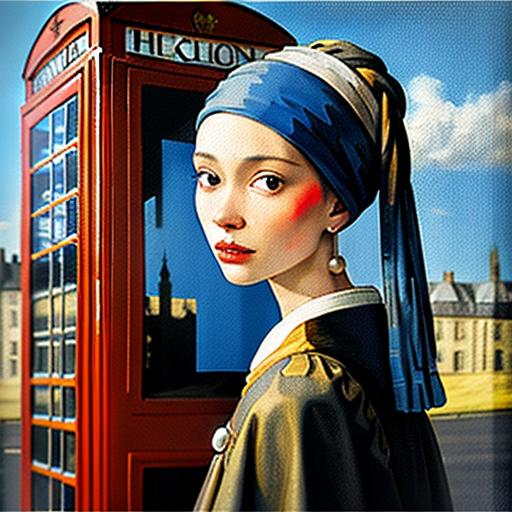How art shaped history is one of the most fascinating stories ever told. From the moment our ancestors first drew on cave walls 40,000 years ago, artistic expression has been the invisible force driving human civilization forward. Art hasn’t just reflected our world—it has actively transformed it, influencing everything from religious beliefs to political revolutions, from social movements to cultural identity.
Key Points Summary
- Ancient cave paintings launched humanity’s first form of visual communication
- Religious art shaped spiritual practices and social structures for millennia
- Renaissance masters revolutionized how we see ourselves and our world
- Modern art movements sparked cultural revolutions and challenged social norms
- Contemporary digital art creates instant global cultural exchange
- Art serves as both historical documentation and catalyst for change
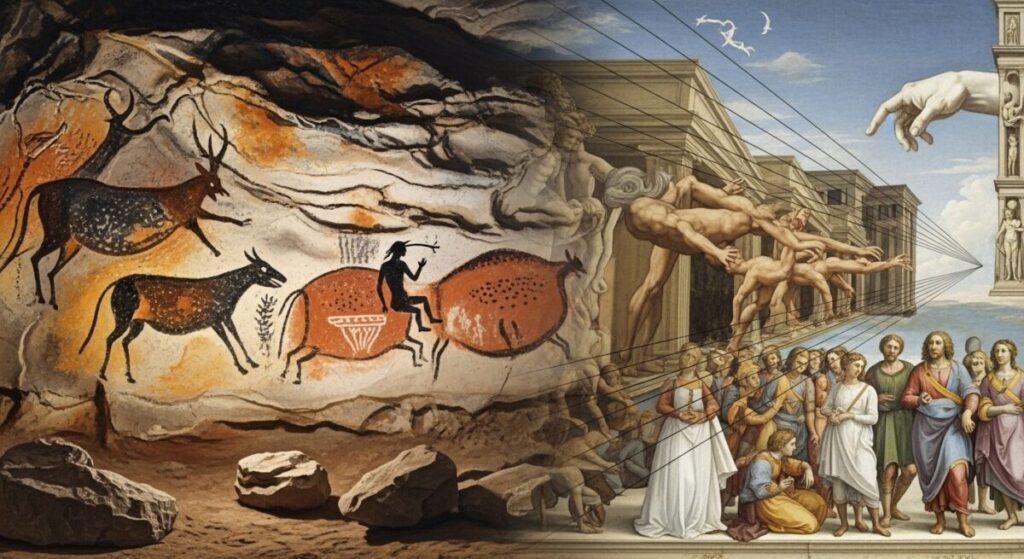
The impact of artistic movements on society extends far beyond museum walls. Every brushstroke, every carved statue, and every painted mural has contributed to the grand narrative of human progress. This journey through time reveals how visual culture became humanity’s most powerful tool for communication, education, and transformation.
The Dawn of Visual Storytelling: Ancient Civilizations
Cave Paintings: Humanity’s First Revolution
When our ancestors picked up pieces of charcoal and began drawing animals on cave walls, they unknowingly started a cultural revolution. These ancient art civilizations used visual expression to share hunting knowledge, religious beliefs, and tribal stories. The famous Lascaux cave paintings in France show us that even 17,000 years ago, humans understood art’s power to preserve and transmit culture.
Egyptian civilization took this concept and ran with it. Their elaborate tomb paintings weren’t just decoration—they were instruction manuals for the afterlife. Egyptian artists created the world’s first visual encyclopedia, documenting everything from religious rituals to daily activities. This historical documentation helped preserve their culture for over 3,000 years.
Greek and Roman Foundations
Greek classical period artists changed everything by introducing realistic human figures. Instead of symbolic representations, they created sculptures that looked like real people with real emotions. This shift toward humanism laid the groundwork for how Western civilization would view art and humanity for centuries to come.
The Romans perfected the art of political expression through their monuments and public art. The Trajan’s Column in Rome tells the story of military victories through detailed carved scenes—essentially the world’s first comic strip carved in stone. This shows how art and cultural development worked hand in hand to build empire identity.
Sacred Power: How Religious Art Influenced History
Medieval Masterpieces
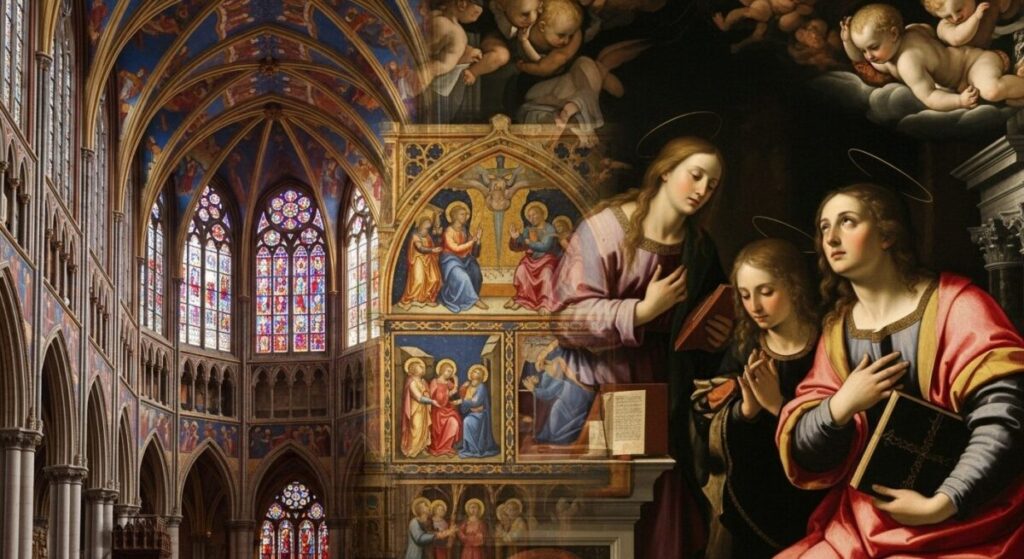
During the Medieval period, the Catholic Church became Europe’s greatest art patron. Cathedral builders and painters created immersive experiences that taught religious stories to people who couldn’t read. These magnificent buildings served as the world’s first multimedia experiences, combining architecture, painting, sculpture, and music.
Religious influence through art was so powerful that it shaped entire societies. The Gothic cathedrals of Europe weren’t just buildings—they were statements about divine power and human capability. As noted in Renaissance Art: A Beginner’s Guide, these structures influenced architectural styles for centuries.
The development of illuminated manuscripts during this period created the first “books” with pictures. Monks spent years creating these beautiful texts, establishing traditions of artistic craftsmanship that influenced everything from typography to book design.
Renaissance Revolution: Art Reshapes European Culture
How Art Shaped History During the Renaissance
The Renaissance era marked history’s greatest artistic revolution. Artists like Leonardo da Vinci and Michelangelo didn’t just paint pretty pictures—they fundamentally changed how Europeans thought about humanity, science, and the world around them.
Renaissance humanism placed humans at the center of artistic focus for the first time in centuries. This shift had massive societal influence. When artists began painting realistic human emotions and experiences, it encouraged people to think differently about individual worth and potential.
The invention of oil painting techniques allowed artists to create incredibly detailed works that looked almost photographic. This technical revolution, combined with the printing press, meant artistic ideas could spread faster than ever before. As explored in Leonardo da Vinci’s Most Famous Paintings: The Ultimate Guide, da Vinci’s innovations influenced everything from anatomy studies to engineering designs.
| Renaissance Innovation | Cultural Impact |
|---|---|
| Linear Perspective | Changed how people understood space and reality |
| Human Anatomy Studies | Advanced medical knowledge |
| Realistic Portraits | Influenced concepts of individual identity |
| Printed Art | Made artistic ideas accessible to common people |
Modern Movements: Art as Social Revolution
Breaking Traditional Boundaries
The Modern era brought unprecedented cultural transformation through artistic rebellion. Impressionism movement artists like Monet and Renoir challenged traditional painting rules by capturing light and movement in new ways. This wasn’t just about technique—it represented a new way of seeing and experiencing the world.
As detailed in What is Impressionism? A Beginner’s Guide to the Art Movement, Impressionist artists painted outdoors and captured everyday moments, democratizing art subjects and making art more relatable to ordinary people.
Revolutionary Artistic Expression
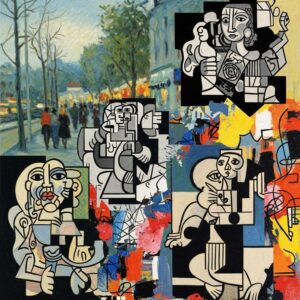
Cubism revolution led by Picasso literally shattered traditional perspectives. When Picasso painted faces from multiple angles simultaneously in works like “Les Demoiselles d’Avignon,” he wasn’t just creating abstract art—he was challenging viewers to think differently about reality itself. This artistic legacy influenced everything from architecture to graphic design.
The Pablo Picasso: A Revolutionary Artist article explores how Picasso’s innovations extended far beyond the art world, influencing literature, music, and even scientific thinking about multiple perspectives and relativity.
Art as Political Weapon
Social movements throughout the 20th century used art as their most powerful weapon. Soviet propaganda posters used bold colors and heroic imagery to promote communist ideals. American Depression-era artists created murals showing workers’ struggles and dreams. Civil rights activists used powerful imagery to change public opinion about racial equality.
“Art is not neutral. It either upholds the status quo or challenges it.”
This principle became the rallying cry for artists who wanted to create social change throughout history.
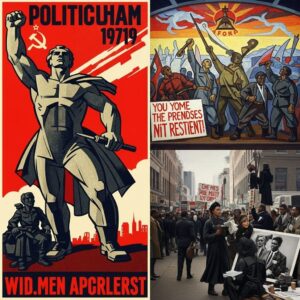
The Art for Change: How Painters Tackle Social Issues article demonstrates how contemporary artists continue this tradition of using art to address pressing social problems.
Contemporary Culture: Digital Age Transformation
Global Artistic Revolution
Today’s digital art emergence represents the biggest change in artistic expression since the invention of oil paint. Social media platforms allow artists to share their work instantly with global audiences, creating unprecedented cross-cultural exchange.
Contemporary period artists use technology to create interactive installations that respond to viewers’ movements, virtual reality experiences that transport people to other worlds, and augmented reality apps that overlay digital art onto physical spaces. This technological advancement in art is reshaping how we think about creativity and human expression.
The How AI is Transforming the Art World Through Collaboration article explores how artificial intelligence is becoming a creative partner for human artists, opening new possibilities for artistic expression.
Street Art and Urban Culture
Street art movement has transformed cities worldwide, turning abandoned buildings into outdoor galleries. What started as illegal graffiti has evolved into a legitimate art form that influences fashion, advertising, and urban planning. Cities now compete to attract famous street artists because they understand art’s economic impact on tourism and cultural development.
The Continuing Evolution
How art shaped history continues today through new technologies and global connections. Virtual museums make artistic masterpieces accessible to anyone with internet access. Digital art festivals connect artists from different continents in real-time collaborations. Blockchain technology allows artists to sell digital works as unique collectibles.
The future cultural influence of art promises even more dramatic changes. As artificial intelligence becomes more sophisticated and virtual reality becomes more immersive, art will continue its ancient role as humanity’s most powerful tool for communication, education, and transformation.
Understanding The Evolution of Art Movements: From Renaissance to Postmodernism helps us appreciate how each artistic innovation built upon previous discoveries, creating an unbroken chain of human creativity that stretches from cave paintings to digital installations.
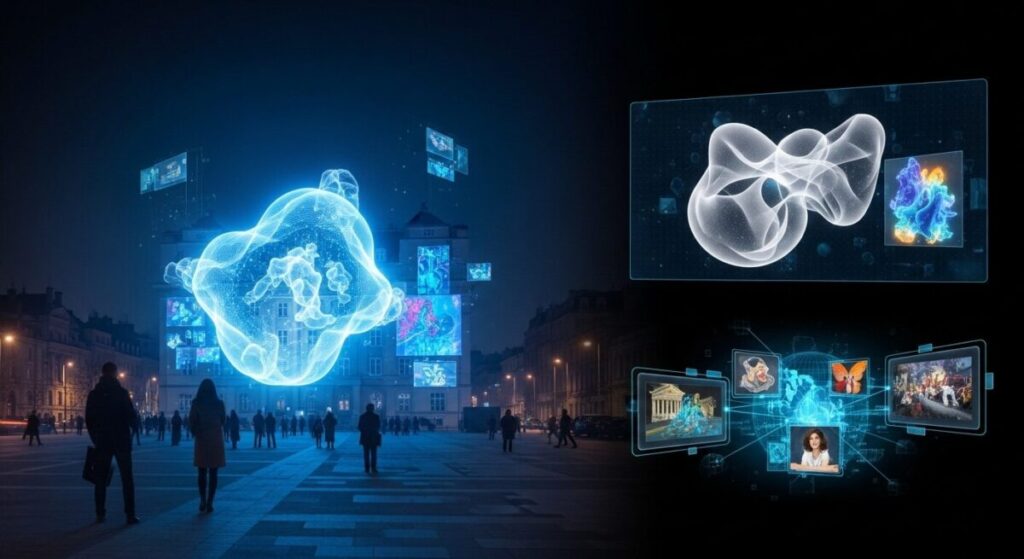
Frequently Asked Questions
Why is art history important? Art history helps us understand how human societies developed, what people valued in different time periods, and how cultural ideas spread across civilizations. It’s like reading humanity’s visual diary.
How does art reflect culture? Art serves as a mirror for society, showing us social values, religious beliefs, political systems, and daily life from different historical periods. Artists often capture the spirit of their times better than written records.
What is the relationship between art and society? Art and society constantly influence each other. Society provides themes and contexts for artistic creation, while art shapes how people think about their world and themselves.
How has art evolved throughout history? Art has evolved from simple cave drawings to complex digital installations, with each era building upon previous techniques while reflecting contemporary values and technologies.
What role does art play in education? Art teaches visual literacy, cultural awareness, critical thinking, and creative problem-solving. It helps students understand history, develop empathy, and express complex ideas visually.
How do artists influence social change? Artists create powerful visual messages that can shift public opinion, document social problems, inspire movements, and preserve cultural memory for future generations.
From ancient cave paintings to contemporary digital installations, how art shaped history reveals humanity’s endless creativity and desire for expression. Art has been our constant companion through every major historical transition, serving as teacher, rebel, comforter, and revolutionary. As we move forward into an increasingly digital future, art continues its timeless mission of helping us understand ourselves and our place in the world.
Additional Resources
- Metropolitan Museum of Art Timeline of Art History – Comprehensive visual history of art movements
- Heilbrunn Timeline of Art History – Detailed chronological art development
- Google Arts & Culture – Virtual museum tours and high-resolution artwork
- Art History Resources on the Web – Academic research and educational materials
- Smarthistory – Free art history content and video lectures
- World History Encyclopedia: Art – Historical context for artistic developments
- National Gallery of Art Online Tours – Access to masterpiece collections
- BBC History of Art – Documentary series on art’s historical impact


